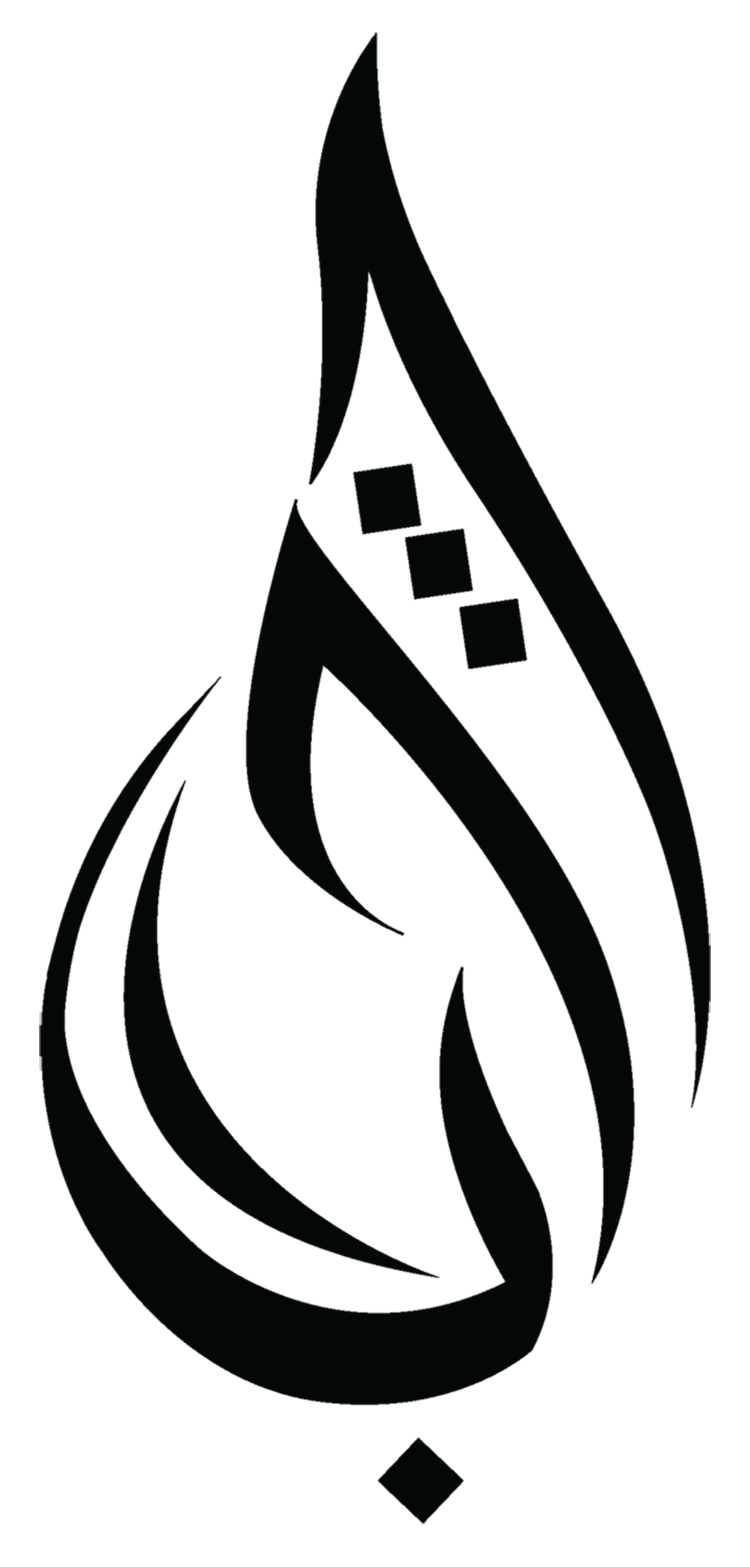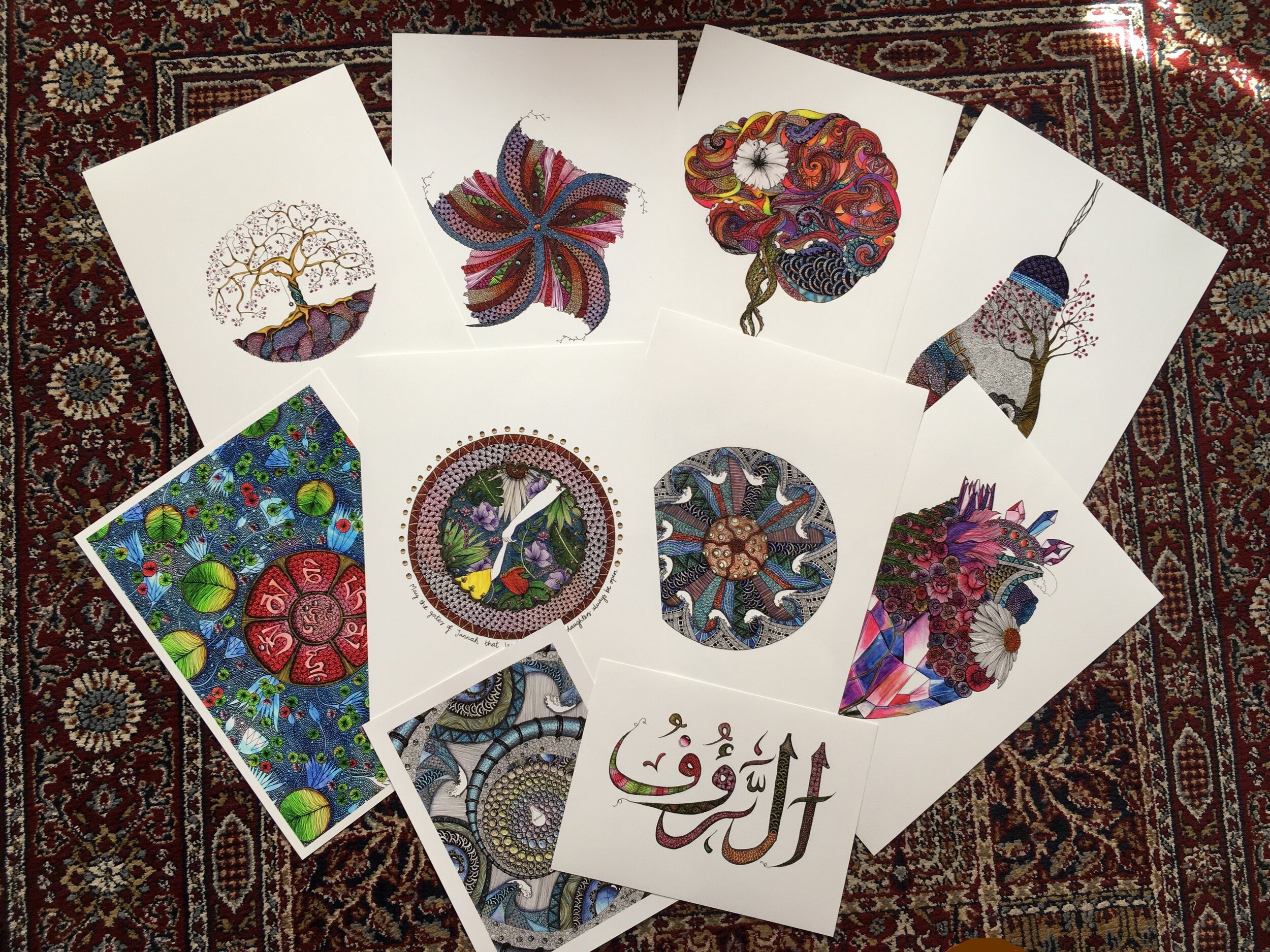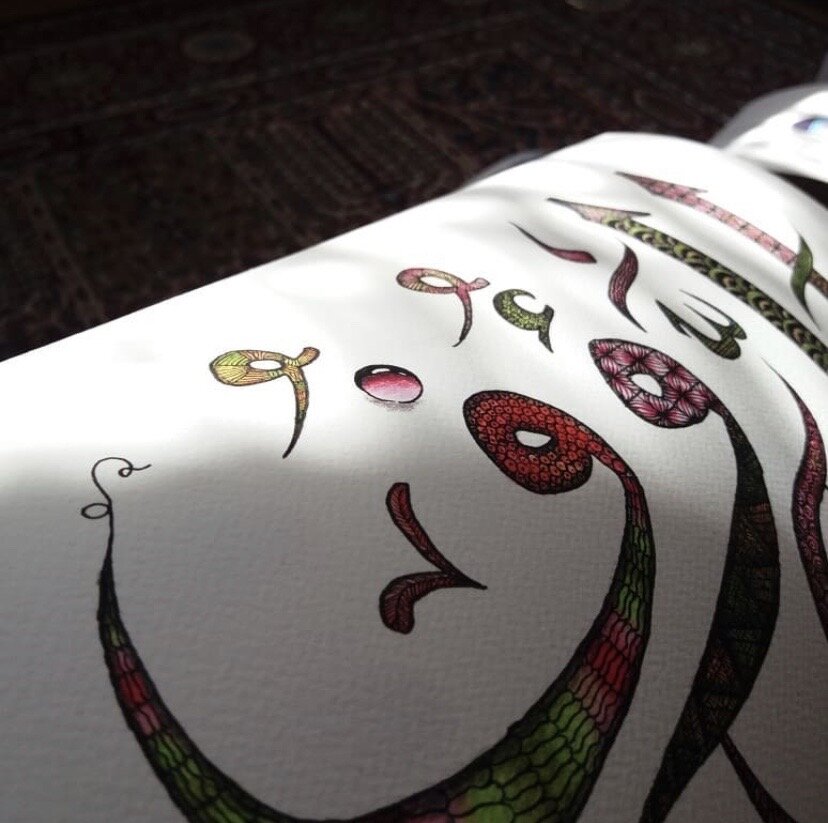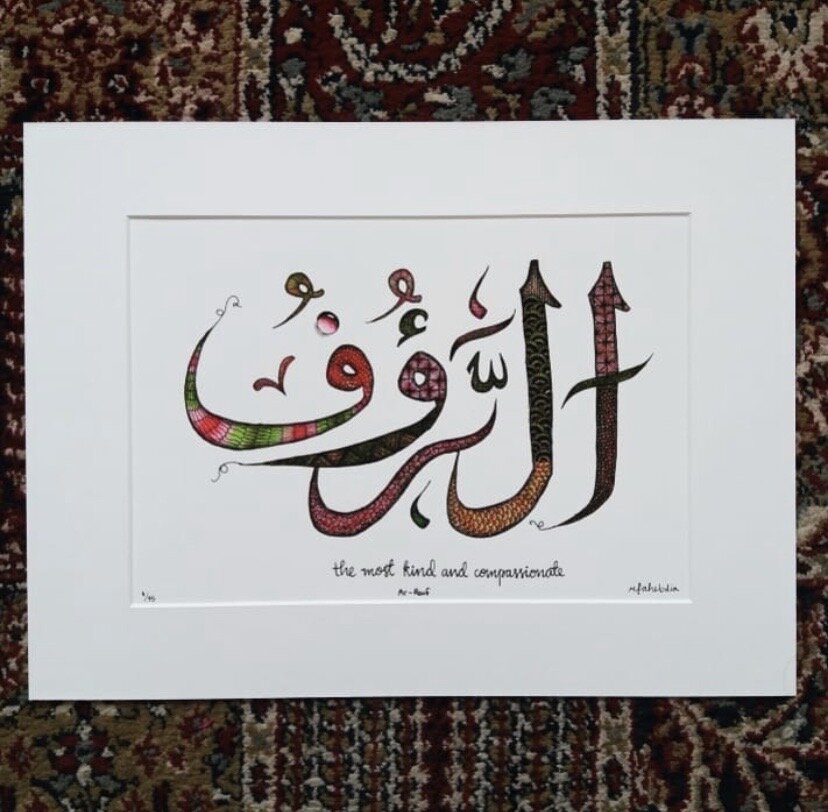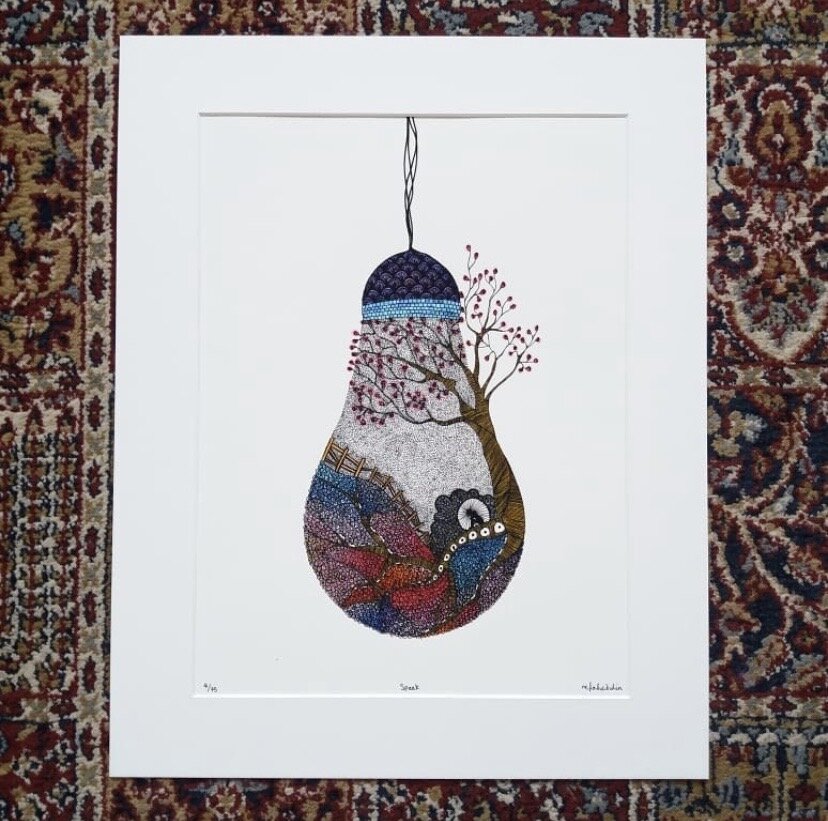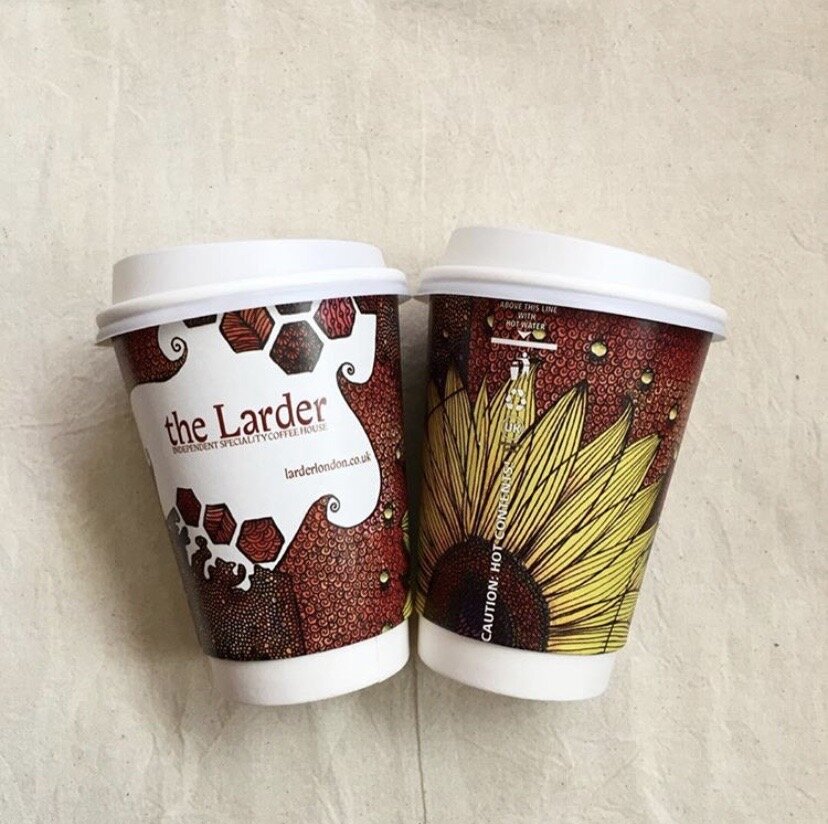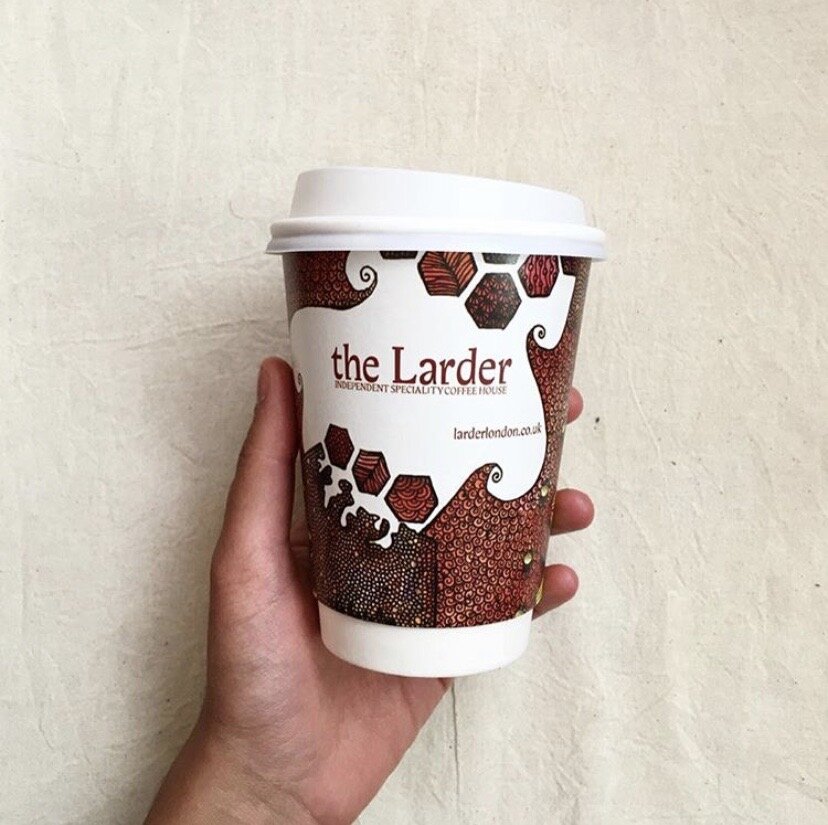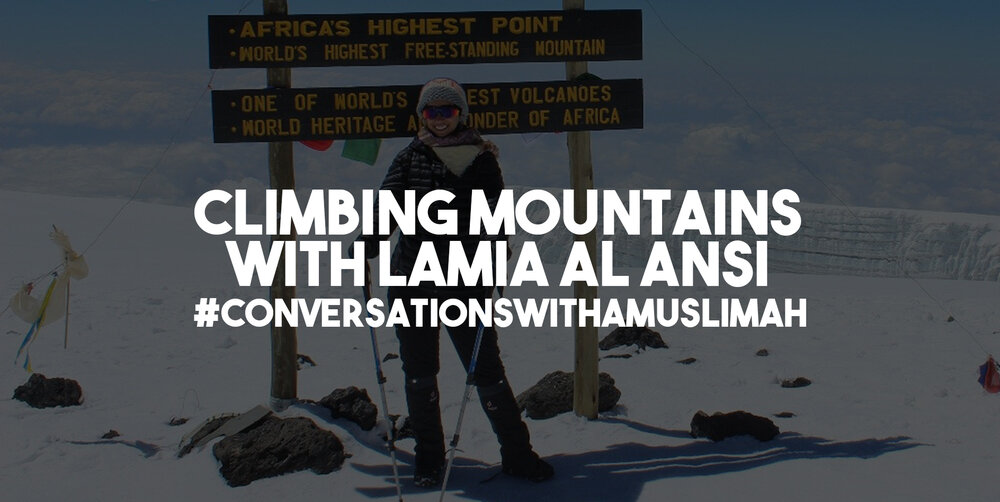Art in its various forms gives us an insight into the life, thoughts, and feelings of an artist. It also provides a gateway into the artist’s experience of the world. Perfect examples of this are the 40,000+ years old cave paintings that depict animals and animal-human hybrids, found on the island of Sulawesi, Indonesia. These cave painting have been identified as being the earliest example of human art, with anthropologists explaining that they provide us with evidence of the artists’ spirituality, as well as their ability to express abstract thoughts.
Traditionally the art world has been dominated by a select few, but with the rise of social media, artists are now able to share their work directly with the world without having to first go through gatekeepers. As a result of this, groups of people that have been previously underrepresented in the art world are finding their own voice and telling their stories through their pieces.
One of these previously underrepresented groups are talented Muslim female artists of all nationalities, such as Haneefah Adams, Munira Yussuf, Dua Saleh and Elhaam Sahebdin, to name a few. These artists are using various forms of media, such as poetry, photography, painting, film and food to present and share their stories.
I recently had the opportunity to talk to Elhaam Sahebdin, a London based British-Mauritian conceptual artist, about her work, inspiration and the direction she hopes her art will take her in the future.
As a conceptual artist, who has spent most of her life in East London, Elhaam is inspired by the diversity of her community to create art that encourages social inclusion, respect and tolerance. She uses the zentangle art form of creating images from repetitive patterns; a form that is found to provide artistic satisfaction and an increased sense of personal wellbeing, which is in keeping with her ethos of the duality of the process of creating art, and the outcome.
What medium do you use to create your art?
My work is drawn with fine liners and filled with coloured pencils, as these were the two items I had in abundance at home. I do plan on experimenting more using watercolour as I feel that would unlock a more flexible and vibrant palette.
How does your faith inspire your art?
The values in Islam encourage me to create. Living most of my life in Newham, London, the diversity of the community inspired me to create art that encourages social inclusion, respect and tolerance in the community, especially in times of division and hate. I want my work to be able to connect with anyone, regardless of their faith, background or experiences, to bring us together.
What is your creative process?
My ideas revolve around a feeling or a shape of what I'd like to create which I then turn into a mood board by collecting images or scribbling notes of potential ideas in my notebook. Gradually, I'd build a mini skeletal version and then the real size shape on my sketchbook. After this, most of it is improvised, the colours, patterns and shapes. I work on it as and when I have some free time, in between work and home. I love being able to start and stop as it can get quite tiring and I like showing my family and asking them for advice on colours or patterns and getting them involved in the process.
What advice would you give to Muslim women thinking of pursuing a career in art?
Make time to experiment with different mediums and themes, as it's good to go outside your comfort zone. Work with whatever little you have before investing - making art should not be something you find expensive or stressful. Be proud of your work and don't be shy to say it's yours!
Where do you see your art taking you in the future?
At the start, I never thought beyond my sketchbook and prints and frames. However, as I met and worked with new people, I realised it can go beyond that. I have worked as a guest designer for The Larder's take away coffee cups and launched my own set of greeting cards. I recently finished a design with a friend to be used in an embroidery format and have potential plans with another for a book cover. I'm excited to see what else I find in the future.
With the extraordinary amount of talent available and the freedom to directly exhibit it, Muslim women will continue to share their stories through their art and inspire others to do the same.
Author: Muinat Adeyemo
